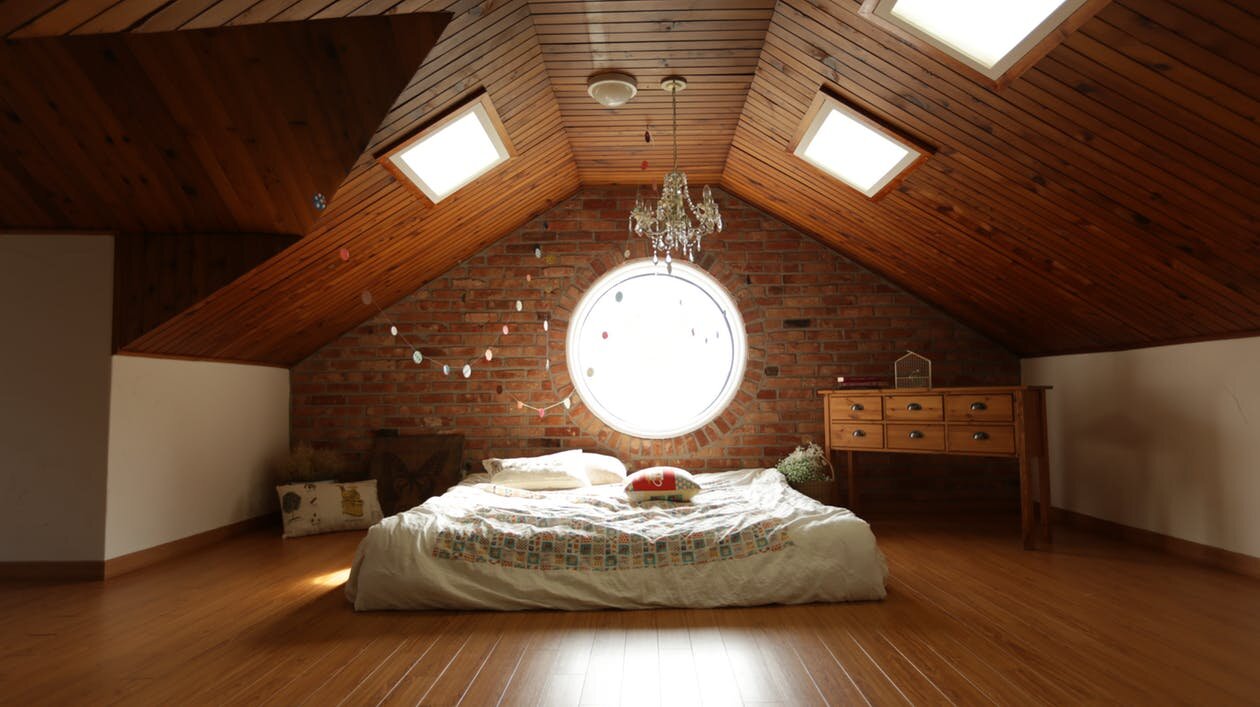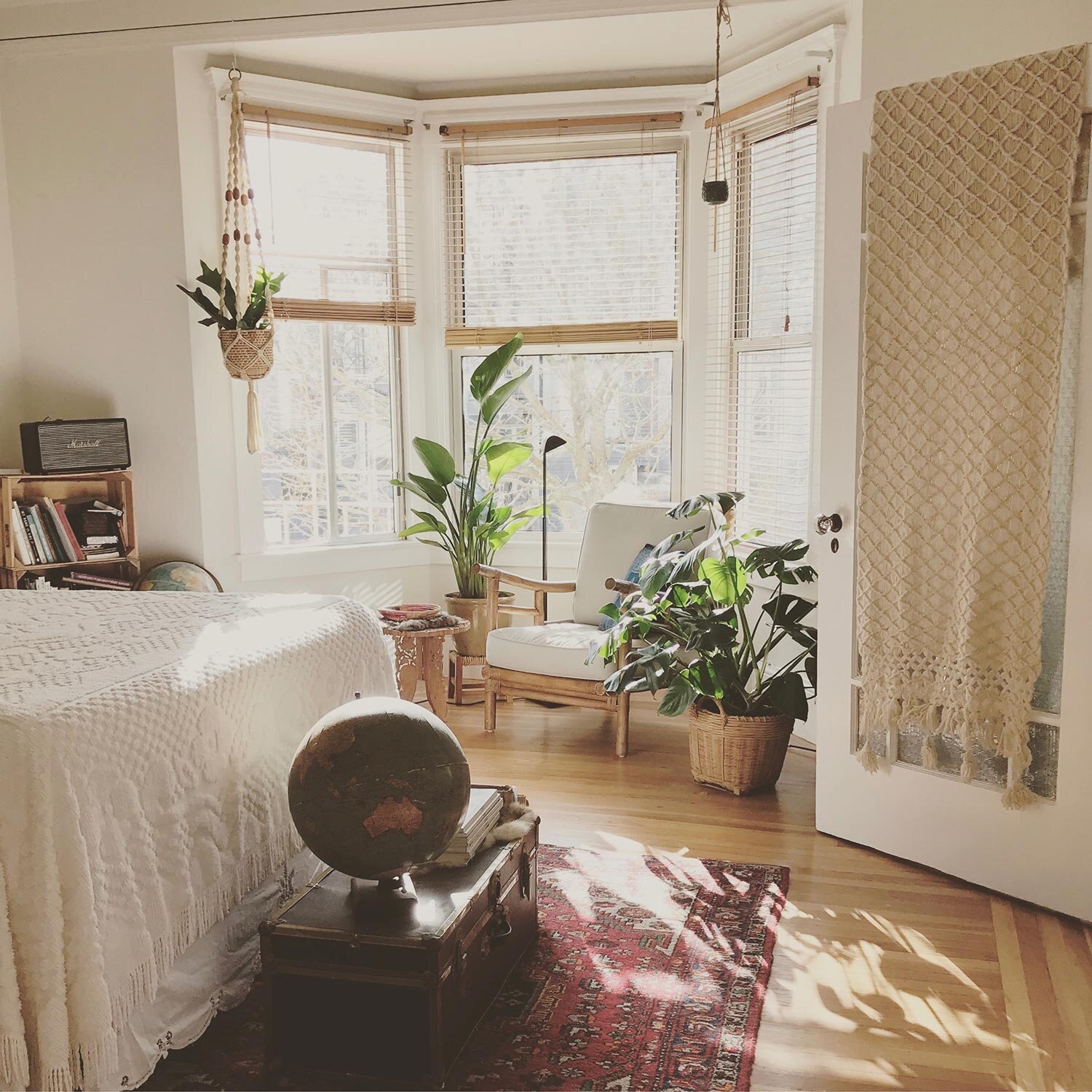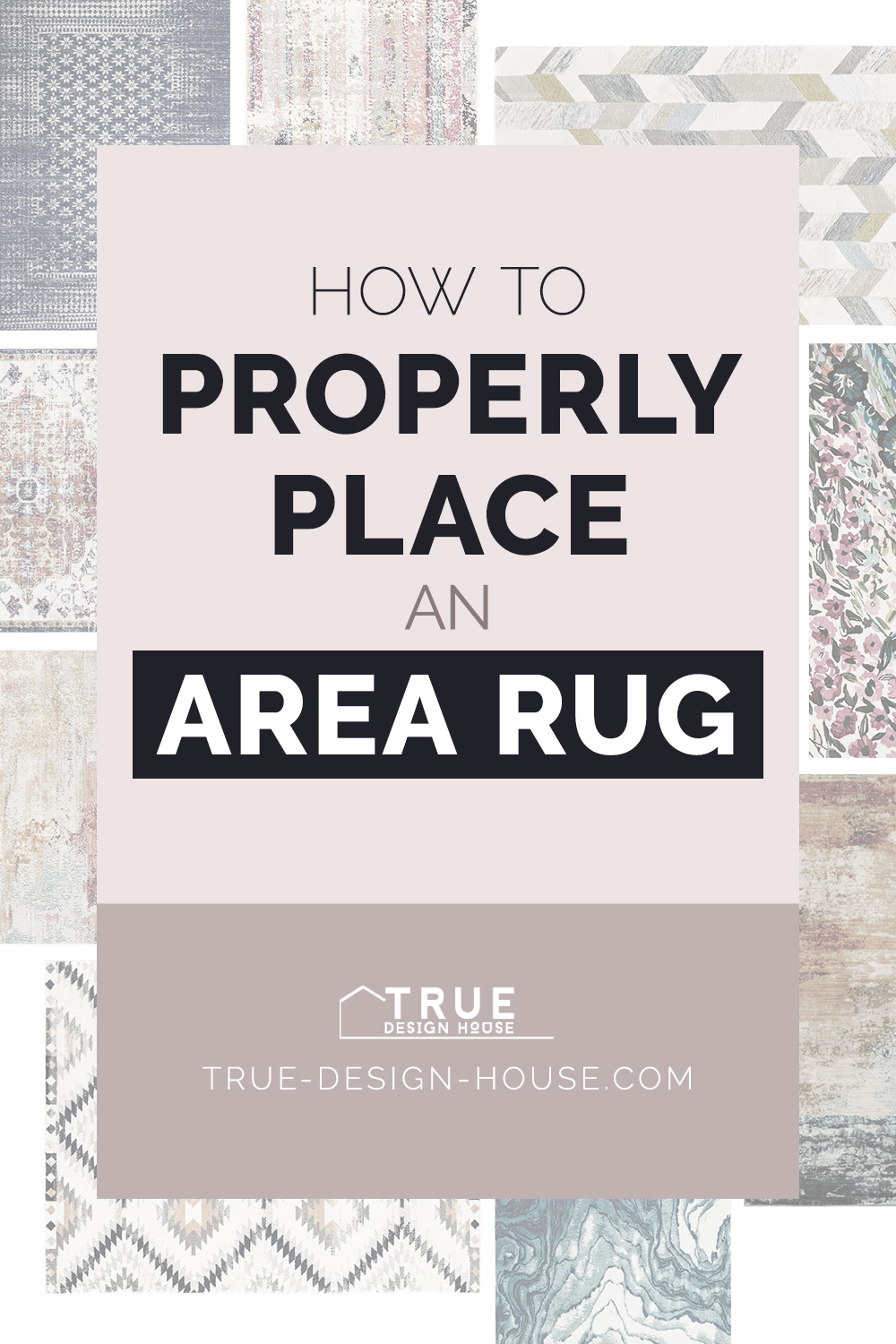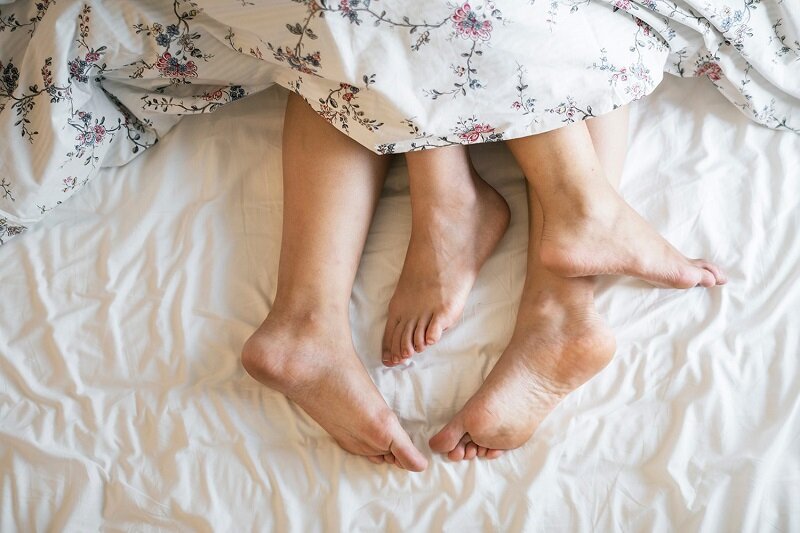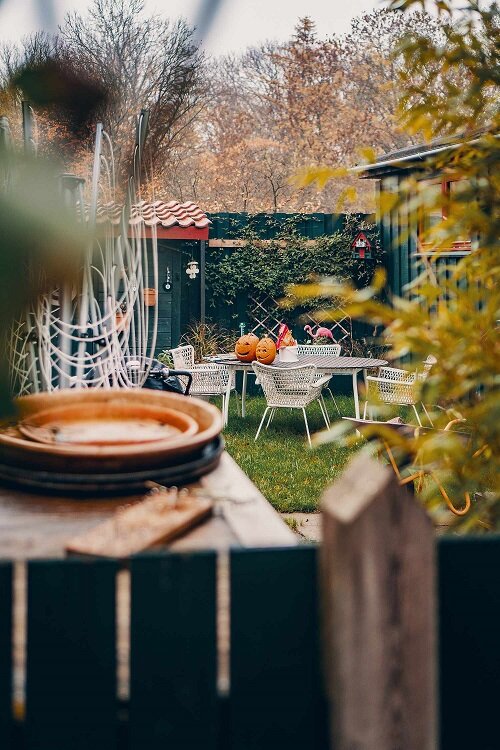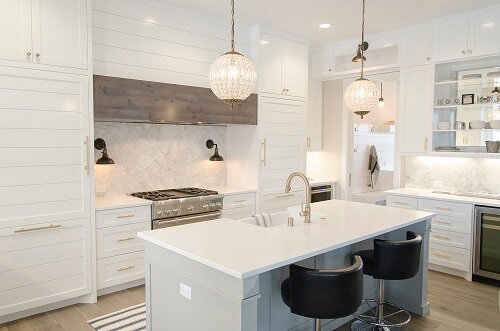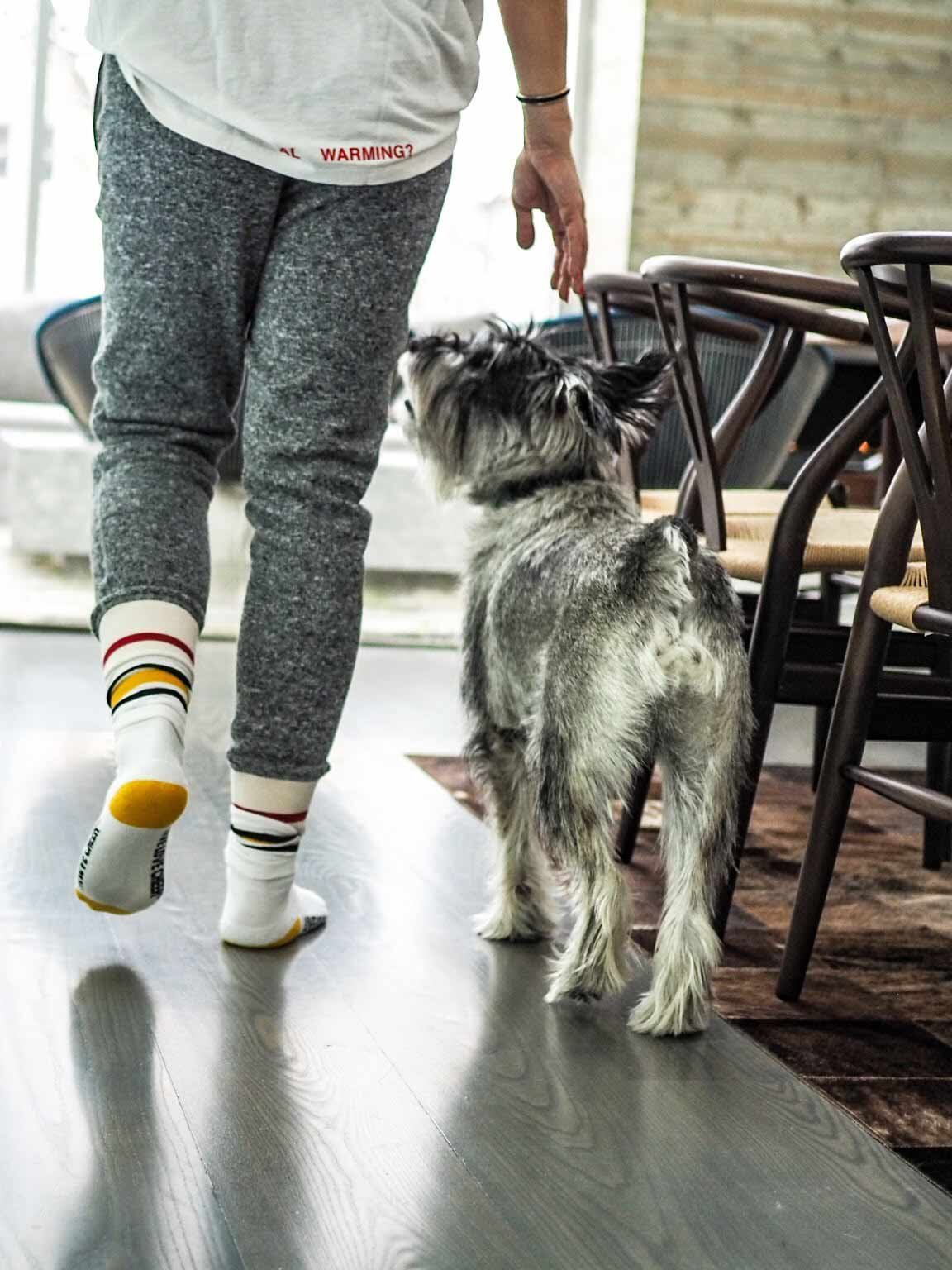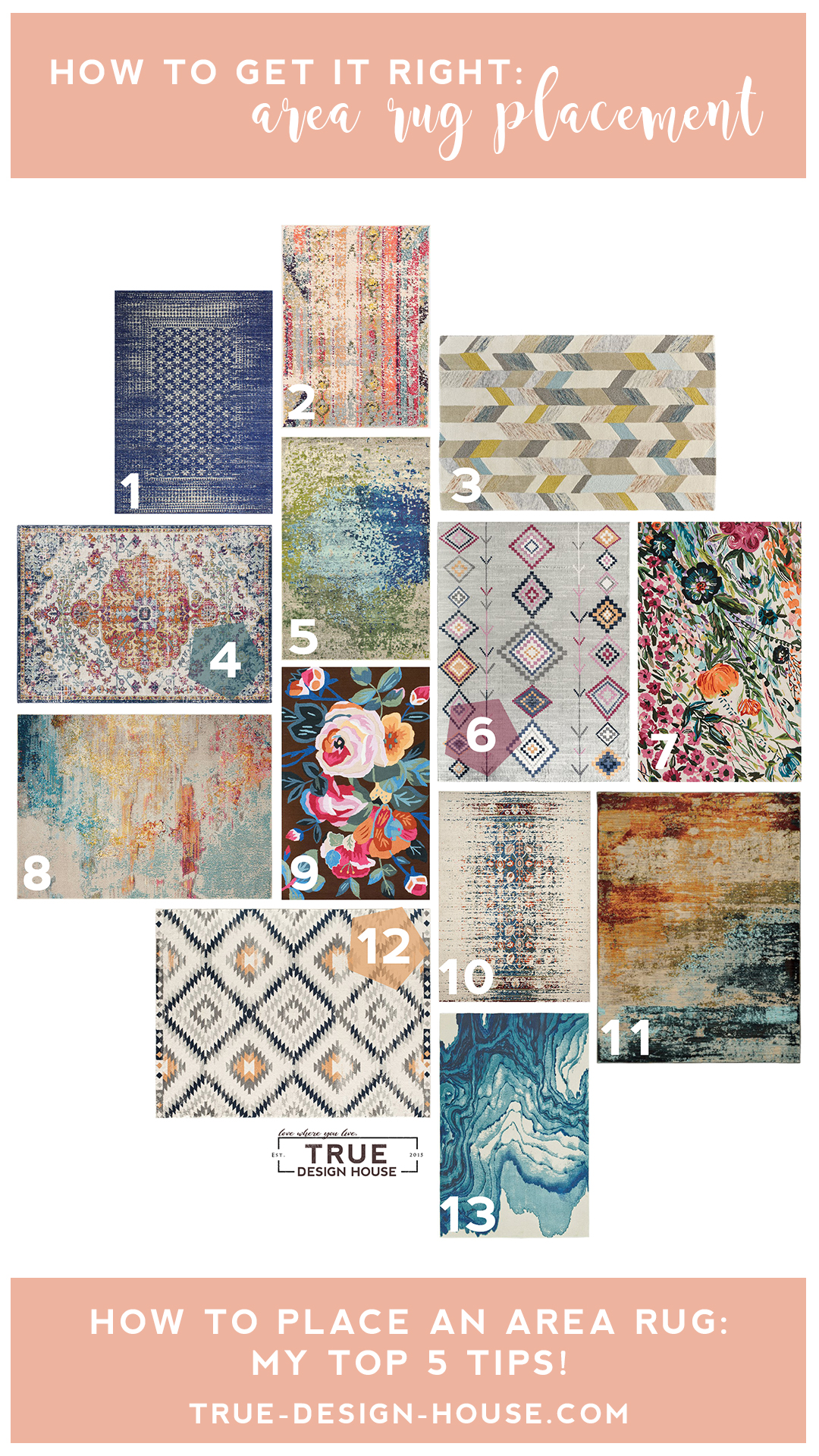I’ve never been a thin, athletic woman with muscular curves in just the right places. Nope. I’ve struggled to love my body as it is, in all kinds of shapes, sizes and weights. I’ve struggled to take care of it and to learn how to feel beautiful despite the places I wish I looked or felt different. Even after I started to figure it out, to take care, to learn about nutrition and good food, even then there were places on this body that I wasn’t so proud of.
I’m so happy to see cracks in social media where the light is coming into this area. I get a huge smile seeing an Instagram post with a woman owning her stretch marks. I grinned ear to ear at the grocery store the other day seeing a magazine cover in the checkout aisle with a real woman with real thighs, cellulite and all, in a gorgeous bathing suit… and there was NO mention of her loving herself ‘despite her flaws’ anywhere on the cover. She was just existing there, enjoying summer as she was.
So, I’ve been playing with this idea in my head the last few weeks: why can’t this body-positivity movement roll right on over to our homes?
Why can’t this sunshine light up the dark, undone corners of our homes, too?
If you know me at all, you know I’m all about practical interior design, about loving where you live, however it is right now, and I think it’s an important message. I wish for all of us to feel that our homes welcome us, comfort us, give us a safe place for all the chaos and joy and mess of our lives to unfold.
It seems an awful shame to only share the perfect, clean, beautiful, inspiring parts of our homes with the world, when it comes to company or social media. I’m so guilty of smoothing out the background, hiding my clutter, moving to a ‘finished’ and styled room to take a photo, rather than just sharing real, imperfect life. I’m going to work harder on just loving my home as it is and respecting its perfect imperfectness in my life. I’m going to shrug my shoulders about the undone, unfinished, messy parts of my life more.
I’m curious, what you think about this idea – should home-positivity be something we start to think about more and should we be on the front line?
Got an imperfect house? This one’s for you!
I have lived in a few ugly places: places I wished were beautiful and airy but were most definitely… not. I grew up as what I can see now is a curiously mature child with a collection of House and Home magazines I bought used from the library and a Sears catalogue with all my starter home needs circled. Tucked inside as a bookmark was a hand-written list of what I’d need to start a nice little home and how much it would all cost. I’m sure I was around 10.
I think much of my love of creating beautiful spaces comes from the place of wanting so badly to create something pretty that I could be proud of when I lived in these gems:
- A single-wide trailer where my room was so small my twin bed touched the wood-paneled wall at both ends
- A tiny apartment I shared with my dad after high school where I slept on the couch and kept two laundry baskets under the coffee table, one for clean clothes and one for dirty. Everything else I owned lived in my backpack or my car.
- A basement suite after college where I once put my foot on the shower wall to shave my leg and my foot pushed the tile right through the rotted wall behind it. I duct taped a patch of garbage bag over the hole as a repair. Bless.
- In the same place, there was no drywall on a section of framed wall between two rooms, just some gray fabric covering the studs, held on with thumbtacks. I mean, honestly. What. The. Heck.
Not glamorous but I grew up and I learned and developed in so many ways, including with my design style. I went to college and graduated with my interior design degree and along the way I learned how to properly maintain and repair things. Most importantly, though, I think I learned how to make the best of what I had and how to make any less than perfect place into a lovely little home.
These memories are sweetly nostalgic now. They are a part of me and even though years have gone by and I now live somewhere that isn’t so hard to love, I still have this as my foundation: if you can love where you live, even in some small way, and make your house your own, things are always infinitely better.
Is this superficial? I don’t think so. If you feel at ease in your home, you can hold your head up, and when you can hold your head up, you can take on the world.
Here are the best strategies I have for loving your home just as it is:
1.
Appreciate the ‘very big picture’ thought that you have a safe and warm home. This is your place to live life with your people. It shelters you and keeps you together. Let that sink in.
2.
Look around for one area that you love. It can be small! Love the light when you sit at the kitchen table for supper? Grow that by making the table area clean, clutter-free and adding something pretty as a centerpiece.
3.
Focus on clean and simple. Don’t add things when you are starting out in this process, just simplify and reduce the visual noise. This might mean things like clearing surfaces, editing down what’s in bookcases or on shelves. Even the saddest of rooms looks better pared down a bit. Declutter like it’s your job. Be relentless.
4.
Forget what you can’t change; is there anything small that you *can* quickly and simply change out? Bedding, accessories, some throw pillows, a new wall hanging… these relatively small changes can add some life back into your home without changing anything about the room itself. And you don’t have to necessarily go shopping – think about what you already have in your home that is maybe forgotten in another room.
5.
Remember that you live there, that your life is busy and that homes are always evolving and changing. It’s okay to have things unfinished, in-process or not even on your radar yet.
6.
Focus on one small area at a time. It doesn’t have to be an entire room, either. Pretty front porch? Cozy little reading chair area? Adorable coffee station? Spa-like bathtub area? Don’t worry about the whole house, create islands of space that you love. These have the potential to create ripples for you, where you find yourself moving outward and fine-tuning things from there, but if not *that’s okay, too*.
7.
Consider the concept of ‘focal points’ and how easily they distract from everything else. Add something to the room that is brightly colored, oversized, or with a bold pattern. This could be a statement piece of art, a set of throw pillows, a painted table, a mirror with an ornate frame, anything that is bigger and sort of visually takes over the room (what you look at when you first walk into the room and what really sets the tone for the space).
8.
Make peace with the idea that your home is a place for you and your family to be at home. When this is your focus, you can start to relax. So much of our dis-ease with our homes tends to come from the place of worrying what other people are thinking or how people must think *we* are, because of what our *home* is. News flash: no one thinks you are a crappy person if you live in a crappy home. Take your crappy home and love it, make it yours, and what people will think is that you are a loving, cool person with confidence and an amazing personal style. Mic drop.
9.
It is what it is. Make that your mantra. Get it tattooed on your inner wrist. (Don’t do that.) Print it out and hang it on your fridge. Make it your phone wallpaper. Heck, make it your real wallpaper if you want… you do you. It just freaking is whatever it is. Clean it up, make a bit of a haven, start to evolve your style, and Love. Your. Home! Life’s too short to hate your home, it really is. Too much negative energy and strife is wrapped up in hating a home. Let it go.
10.
Don’t dismiss the invisible design elements: sunshine, great lamp light, music & fresh air.
11.
Bring in some ‘you’. Something you love, you favorite color, frame a picture of a place you love off the internet and put it in a little frame, doodle your dog’s name and tuck it in a frame, put a little plant in your granny’s teapot, whatever you love and is going to make you smile, you need a little of that in your home. Sometimes I find when someone doesn’t love their home, they resist attaching themselves to it, and this only amplifies the problem. In my experience, making a little peace with where you are at, just as it is, includes letting some of the things you love exist there, and letting yourself feel comfortable and happy in your home. Check in with yourself and see if you are resisting bonding with your own home, you might be surprised!
12.
Your vibe attracts your tribe. If you are happy, comfortable, relaxed and at ease in your home, everyone who comes over will feel that as well. I know this isn’t a design strategy, but I want you to know that when you take care of yourself, give yourself some grace and allow yourself to make your home a cozy, happy place… people will feel that. Do what you need to do to make yourself as comfortable and proud of your home as you can, warts and all.
Ready to love where you live?
Join 25 000 others for instant access to my library of free, practical, and down-to-earth interior design resources!
Want to Pin to save for later?
Here you go!




